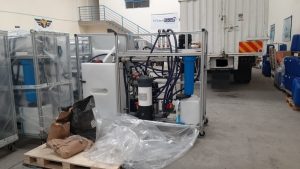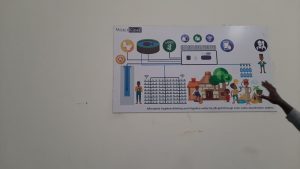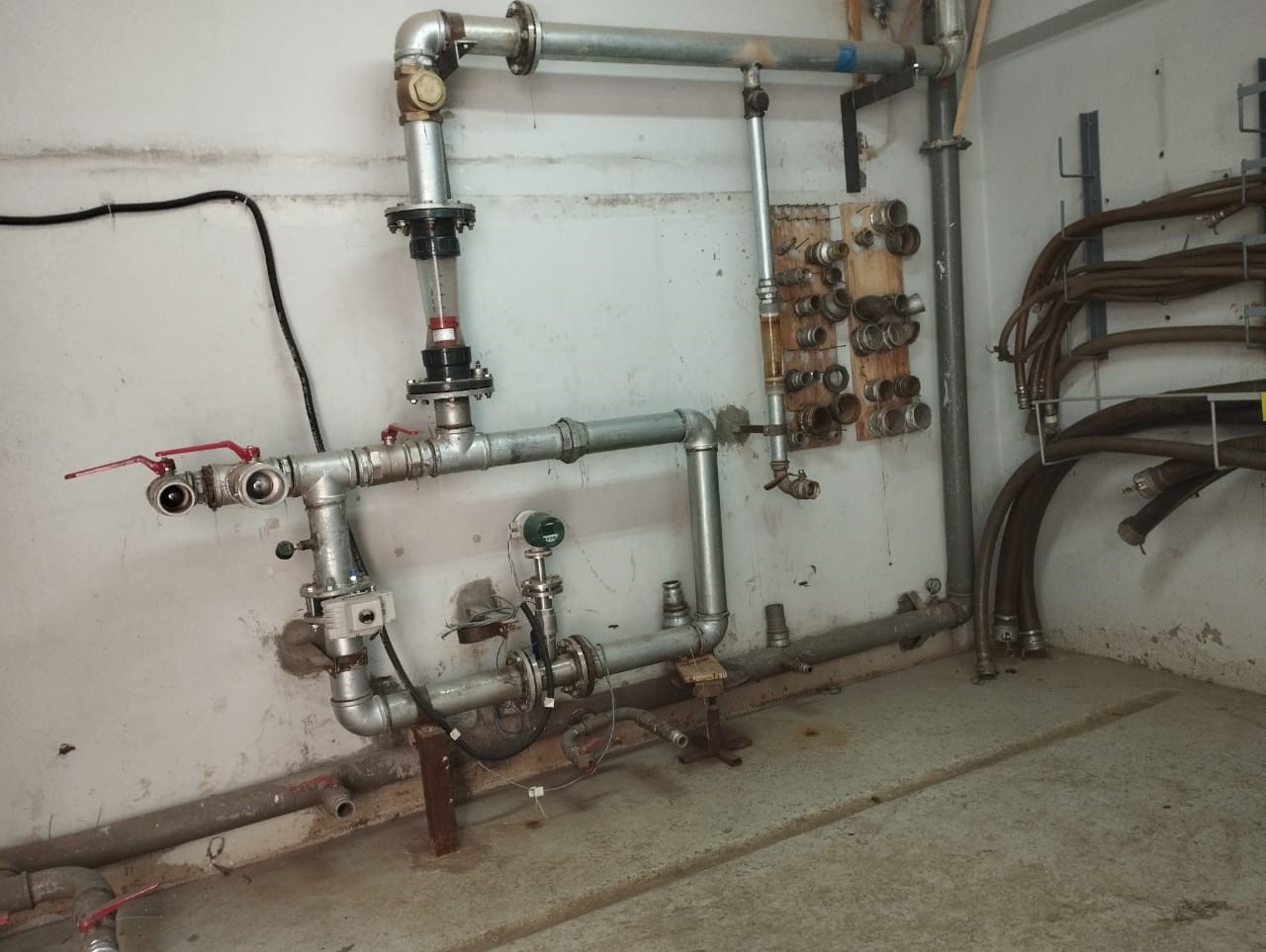The world has entered a state of perennial water shortage as a result of poor economic management and a lack of infrastructure to harness one of the planet’s most abundant resources. Currently, there are more than 750 million people without access to clean water in the world.
The sixth Sustainability Development Goal (SDG 6), which aims to ensure that everyone has access to water and sanitation that is managed sustainably, was created as a result of this scenario.
Ban Ki-Moon, the secretary-general of the United Nations, called for audacious action to address water inequity at the 2016 World Water Day. Our team reviewed and visited some of the audacious, cutting-edge clean water solutions that organizations are creating to guarantee the achievement of the sixth SDG.
- Waste to Water Solutions
There are already functioning systems for recycling sewage and human waste into water. One such system was set up on the Singaporean island of Pulau Seringat. The technology converts sewage into water in three steps, producing about 2500 gallons of water each time. An Omniprocesser was created by Seattle engineering company, Janicki that turns human waste directly into clean water. Bill Gates, a wealthy philanthropist who claimed he would cheerfully drink the water every day, confirmed that it was safe. - Desalination
Nearly all of the water on Earth is unfit for human consumption. The process of desalination is used to make seawater or salt water fit for human consumption. The high expenses of the desalination process have generally prevented widespread use of the technology. Arid nations, however, are realizing that it is an essential fix. One such plant is the WaterKiosk Africa in Nairobi, Kenya, which installs, operates, and maintains solar water desalination systems for off-grid communities around Africa.
Water Kiosk Desalination Machine The largest desalination plant in the world, located in Saudi Arabia, generates 273 million gallons of drinking water every day, while a fourth of Israel’s water supply is produced through desalination, according to the International Desalination Association.
- Personal Filter Straws
With the exception of salt water, these practical small-scale solutions enable people to drink water from almost any source. Utilizing a very small medium that traps debris and bacteria within its pores, the device creates clean, drinking water by circulating water through it. Up to 99 percent of bacteria and pollutants are removed from water by the personal filter straws. - Harvesting Fog
One method of water collection that has been in use is this one. For instance, in the Andes, the Inca Empire produced water by raising fog gates above the rain line to collect fog from the region’s cloud forests. The fog was subsequently transformed into useable water by the Incas.
The MIT Mechanical Engineering Department has given the tradition a technological boost, keeping it alive and thriving in Chile. Modern fog barriers gather water for use in agriculture and as drinking water. - Harvesting water from thin air
A startup by the name of Eole essentially creates water out of thin air. Today’s technology makes it possible to collect atmospheric water from the earth’s driest regions. For instance, Eole has installed atmospheric water generating turbines in the United Arab Emirates that can extract up to 16 gallons of fresh water per hour from the atmosphere. The business has also created atmospheric water generators for use in homes and offices that can produce seven gallons of clean water daily. - Bicycle Water Purifiers
People in far-off communities now have access to clean water thanks to a straightforward technology created by combining a bicycle with a water purifier. The Japanese company Nippon Basic designed the bicycle water purifiers with this in mind. Cycling can be used to clean and harvest water right from the source. Before being kept in a container, the water goes through a series of micro-filtration membranes. - Solar Stills
Water can be desalinated and decontaminated using solar stills. The straightforward fix entails using solar energy to distil water and produce portable, clean water. It was first designed for use by the military and by survivalists, who excavated trenches in the earth and covered them with sheets of plastic.
A company called Aquamante creates sophisticated, small-scale solar stills that are portable and can distil water from a number of sources. The Aquamante solar stills can generate two litres of pure water each day when there is enough sunlight.
Solar water desalination proces - Rainwater Harvesting
People have been collecting rainwater from surfaces where it falls and storing it for hundreds of years. It is a practical technique to lessen dependency on municipal water supply systems and supply water in isolated rural areas that might not be connected to traditional water supply systems. - Smart Irrigation Controllers
This technology helps irrigation system owners set an effective water schedule to maintain healthy plants and remotely control their systems using smart devices, improving irrigation system water use efficiency. It allows for the conservation of scarce water resources, which is especially helpful in locations where there is a water shortage. - Plumbers Without Borders
Local plumbers in Seattle and members of the IAPMO’s Northwest Washington and Cascade Chapters announced the creation of Plumbers Without Borders in the wake of the 2010 Haitian disaster.
The initiative, which is run by volunteers, offers plumbing and mechanical tradespeople to nonprofits working to provide access to clean water and sanitization in order to improve their operations.
To learn more about water sanitation, enroll today for our Water, Sanitation & Hygiene (WASH) course today.







